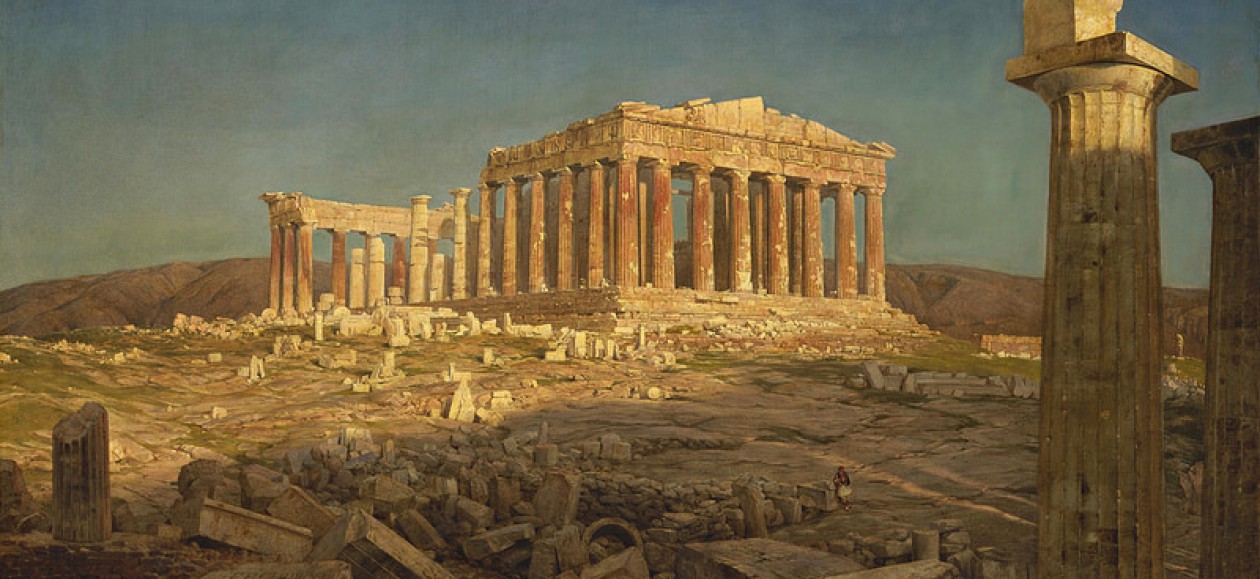
Beethoven Piano Sonata Op 109 No 30 en mi mayor por Anastasia Huppmann
Ludwig van Beethoven Piano Sonata Op 109 No. 30 en mi mayor es la antepenúltima de sus sonatas para piano. En él, después de la gran Sonata Hammerklavier, op. 106, Beethoven vuelve a una escala más pequeña y un personaje más íntimo. Está dedicado a Maximiliane Brentano, la hija del viejo amigo de Beethoven, Antonie Brentano, para quien Beethoven ya había compuesto el corto Piano Trio en B ♭ woO 39 en 1812. Musicalmente, el trabajo se caracteriza por un enfoque libre y original de la forma de sonata tradicional. Su enfoque es el tercer movimiento, un conjunto de variaciones que interpretan su tema en una amplia variedad de formas individuales. Eso ha sido muy especulado y filosofado sobre el carácter de las claves individuales. A menudo también se ha dudado de si las claves tienen algún significado. Pero es precisamente en las últimas tres sonatas para piano de Beethoven, que de alguna manera pueden considerarse como un resumen pianístico del mundo de las ideas de Beethoven, que la elección de las claves no es ciertamente una coincidencia, sino que es bien considerada. Esto se vuelve claro cuando uno recuerda el papel desempeñado por las teclas en la única ópera de Beethoven, Fidelio. C menor y Do mayor representan el mal y el bien, la tiranía y la libertad, la oscuridad y la luz, el infierno y el cielo. En la misma ópera, Fidelio, E mayor es la clave de Leonore, quien en la parte principal de su gran aria trepa al heroico pathos del amoroso sacrificio. La idea de la salvación a través del «eterno femenino» (Goethe) ciertamente también se refleja en el misterioso «amante inmortal» de Beethoven. En este contexto, no puede ser una coincidencia que la Beethoven Sonata op 109, dedicada a «Miss Maximiliana Brentano», esté en la tonalidad de E major. Uno de mis grandes maestros, Paul Badura-Skoda, dice sobre esta sonata: «La música es una mujer, una mujer es la música intencionada». – Quédate, eres demasiado hermosa, parece ser el mensaje secreto. La raíz E permanece en toda la sonata. Si la armonía perdura en largos tramos, entonces todo el amor y cuidado debe ser otorgado a las guirnaldas, el embellecimiento de la melodía. Tan cambiante como la valoración de la palabra belleza puede ser. En ninguna sonata, Beethoven extendió su cornucopia más rica. »
Muchos sienten que la Sonata para piano n. ° 30 (a menudo llamada simplemente Beethoven Sonata 109) es una de sus últimas grandes piezas. Escrito solo siete años antes de su muerte, este trabajo fue compuesto casi al mismo tiempo que la Missa Solemnis y su famosa Novena Sinfonía. Sin embargo, el Beethoven 109 se ve como muy diferente en comparación con sus sonatas anteriores debido a sus atributos armónicos únicos. Vale la pena señalar que esta pieza fue creada siguiendo el Hammerklavier (opus 106). Él era muy consciente de la gravedad de su pérdida auditiva en ese momento y ya había sufrido muchos trastornos emocionales. Entonces, yo personalmente … ¿QUIERO LEER MÁS? … aquí está el artículo http://www.anastasiahuppmann.com/beet…

